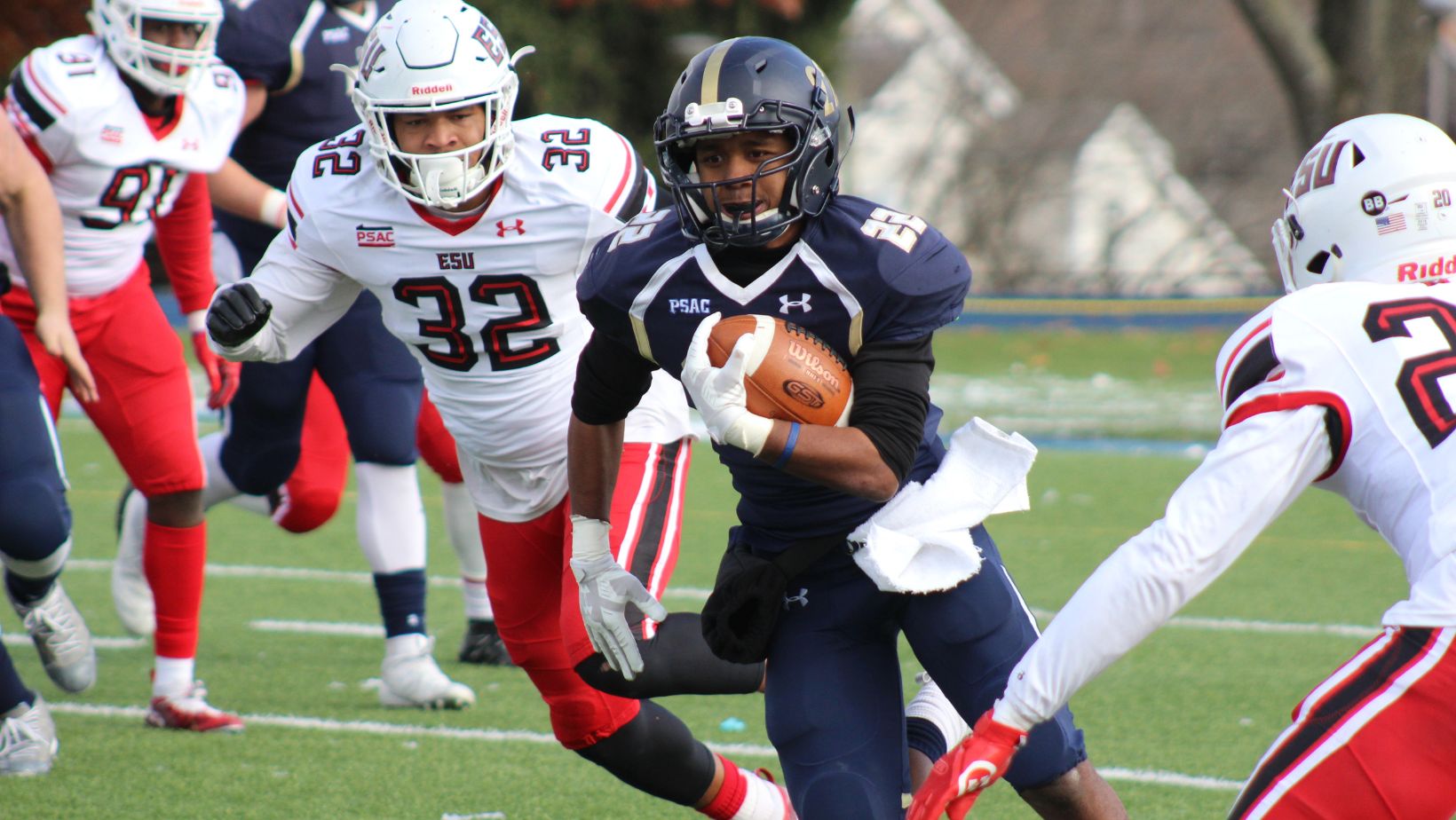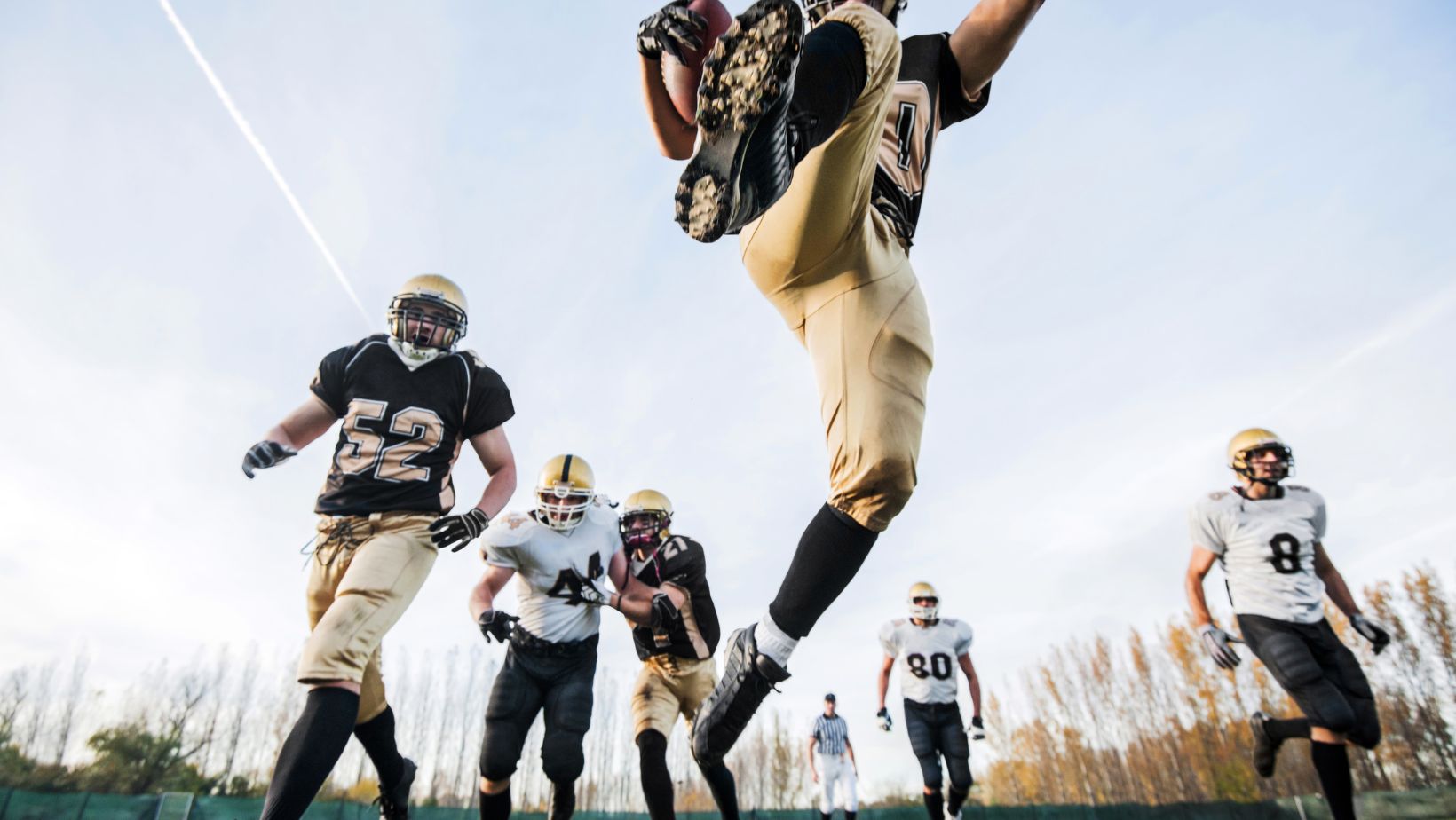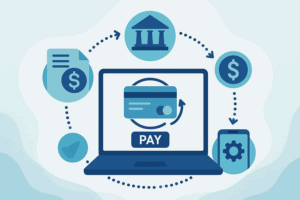
College football is mainly a passion. However, it is only a business model capable of reaping fortunes in revenue. In this article we are going to explain the main factors that made student-athletes and the programs that train and mold them in the pros of tomorrow true money-machines.
In the last few years, the college football market became wider and richer. Increased visibility has consequently led to an increase in the number of bets related to NCAAF events. All major operators, such as those featured on oddschecker.com, present their offers and odds on college football games, demonstrating the continued growth of this market. Nowadays it is possible to bet on NCAA football exactly as it is on the NFL.
Media and tv rights
Around 35% of NCAA football teams income revolves around tv rights. Saturdays are for college football and a lot of supporters living far from their alma mater watch the games from their couch or armchair. Starting last season, some colleges, like Tennessee, indirectly encouraged fans to follow their idols on a screen. The admission tickets for a Volunteers game now include a 10% talent fee – as they called the increase – that will go toward playing players. According to Danny White, sporting director at the University of Tennessee, to be a leader in college sports a team needs to be a leader in revenue sharing. We are already expecting other colleges to follow suit, sooner rather than later.
Not all the teams are streamed on television. This is the case only for top-tier colleges, the ones that have the best players on their roster and are in need of major revenues, in order to keep them in town and avoid richer universities to nab the superstars of tomorrow each time the transfer portal opens.
Sponsorships, merchandising and licensing
The most talented players are usually identified in seventh or eighth grade. Some of the country’s biggest brands have been quick to attach themselves to college football. From sportswear manufacturers to soft drinks, as well as a whole host of names from other sectors, a lot of brands tie themselves to college football players or games, especially during the Bowl season. Even if a player cannot be directly sponsored, because brands are not officially allowed to attach themselves to a student, brands developed fine strategies to generate a return on their investment.
Capital One, Playstation, Goodyear and Northwestern Mutual are only some of the brands who chose to sponsor a Bowl game, gaining international relevance. Starting in 2021, a new federal law allowed college players to monetise on their so-called NIL (name, image and likeness) and this market exploded. Today, it is worth more than 500 million dollars alone. Merchandising and ads can make a student-athlete a lot of money. These boys get used to filling their wallets with millions before they get their voting rights.
Donations and NCAA contribution
Another important voice in revenue for NCAA teams is the league contribution. The NCAA shares some credit with every affiliated college before the new season begins. This money and the dollars coming from philanthropists’ and common people’s donations go towards scholarships, pads and stadium-related expenses. The vast majority of the teams don’t reward the players directly, because they fully pay the salary of coaching staffs. Sometimes, a top-notch head coach can ask for many millions before signing a new contract.
Whoever is curious about business models, in sports and everywhere else, may find a lot of interesting pieces about this topic on our website’s homepage. Check our virtual pages for insights and meaningful money-related contents.
















